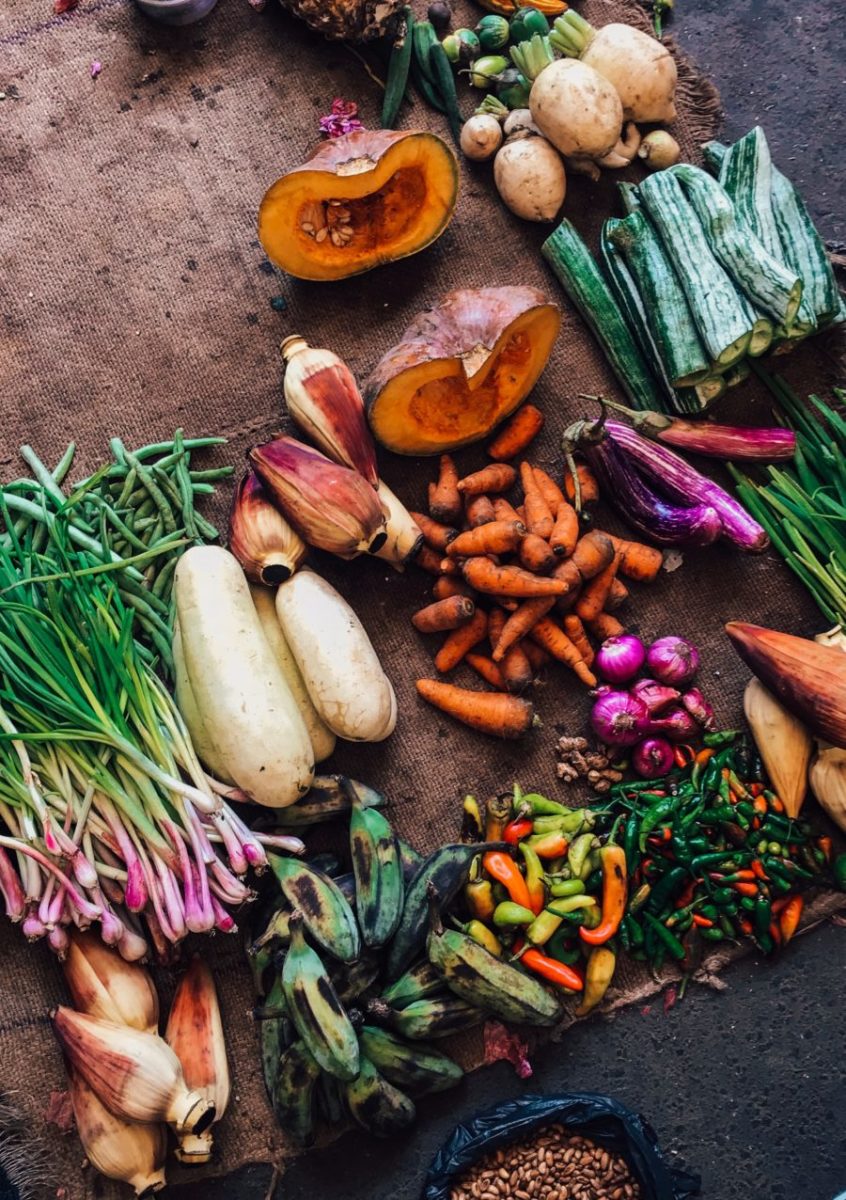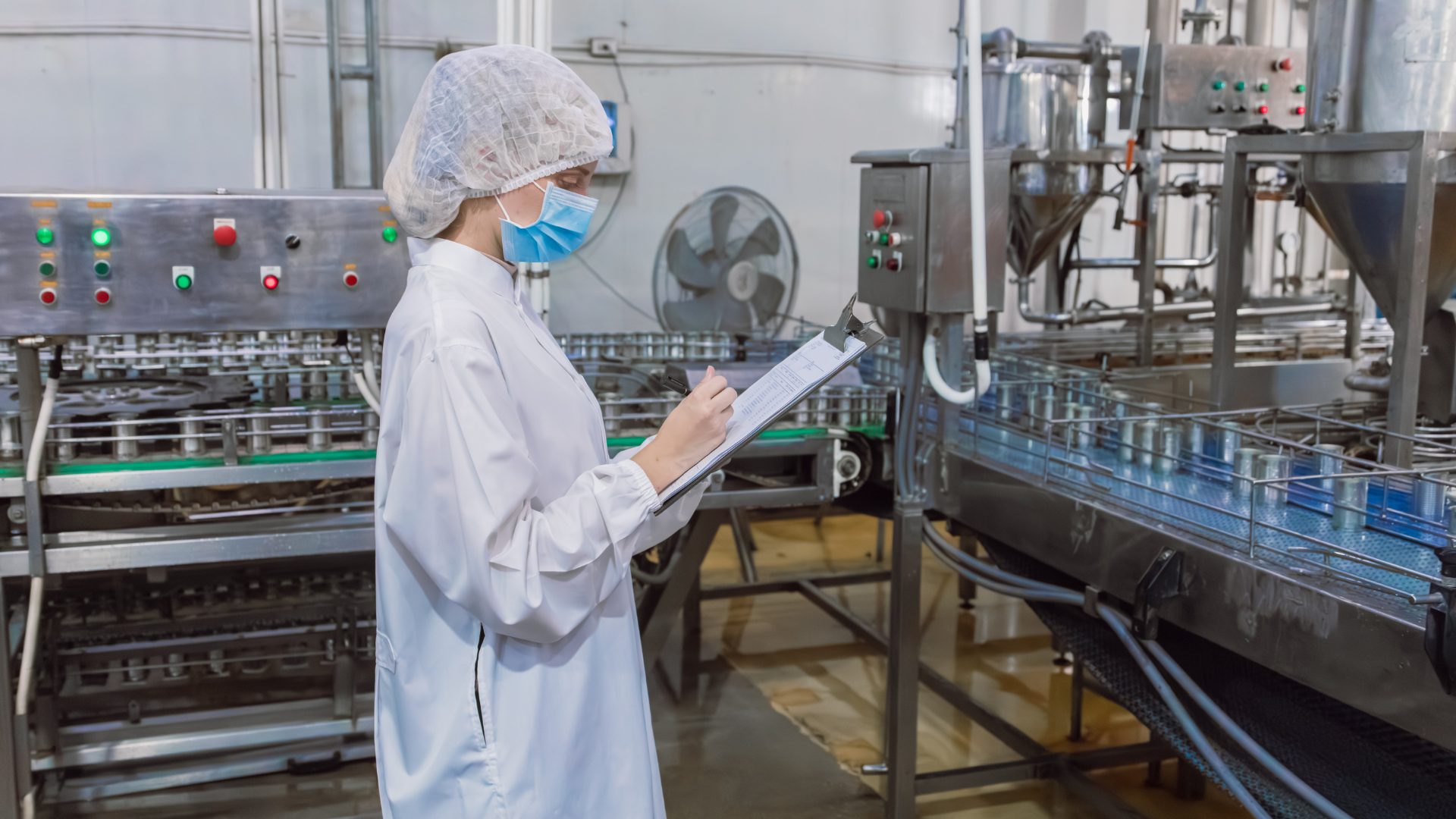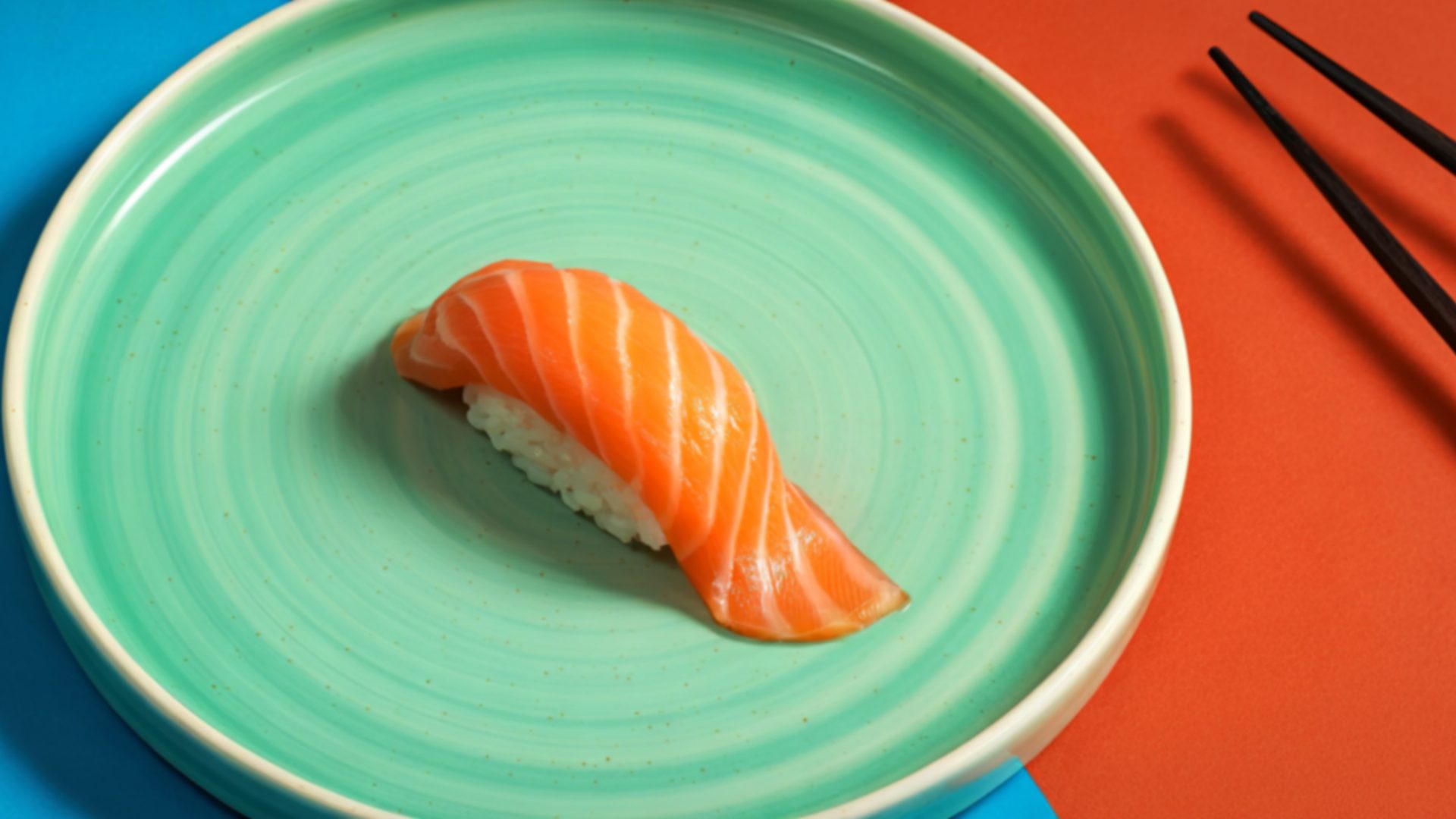The organic food and beverage market hit a high note in 2020, with record-breaking sales climbing 12.4% to nearly $61.9 billion in the U.S, according to a recent survey by the Organic Trade Association (OTA).
While pandemic restrictions were largely responsible for this dramatic growth, organic products’ reputation as being better for you and planet friendly played a key role in boosting sales.
Anne-Marie Roerink, principal and founder of 210 Analytics, spoke with The Food Institute about the current state of organic and why she believes the market will continue to thrive.
Checking All the Boxes
“If we look at the past five years, organic has hit the trifecta of growth in virtually all categories, from produce to chocolate,” said Roerink, noting that sales have increased across the following three parameters:
- More people buy: While the starting household penetration varies by category, in almost all areas, more people buy organic today than just a few years ago.
- People spend more: Those who dabbled in organic have started to extend those preferences to include more categories over time.
- People buy more frequently: While organic remains a niche, it plays well with Millennial consumers, who are a key growth demographic.
“Today, Millennial spending is far behind that of Boomers and Gen X, but their income potential is growing and, in many cases, so is their family,” Roerink said. “Organic has an important point of entry among new parents and as Millennial spending will gear up, so will organic spending.”
Restaurant Impacts
While reopening restaurants will impact overall grocery sales, research from CPG sales and marketing firm Acosta found that 92% of families plan to continue eating together at home at least as often as they did during the pandemic.
“Organic spending will also increase simply based on more dollars flowing through retail than foodservice,” Roerink said. “A few of the higher-end restaurants tend to offer organic meats or produce, but most fast-food and fast-casual restaurants stop at antibiotic-free [or] all natural.”
Changing Access Channels
Roerink believes one of the biggest shifts will be where consumers purchase organic products.
The pandemic drove consumers to minimize in-store trips and meet all their grocery needs in one location, which put pressure on specialty channels and benefitted traditional supermarkets.
“That means that a lot of shoppers discovered how much organic traditional supermarkets have these days,” said Roerink. “And they may continue to purchase organic items there.”











